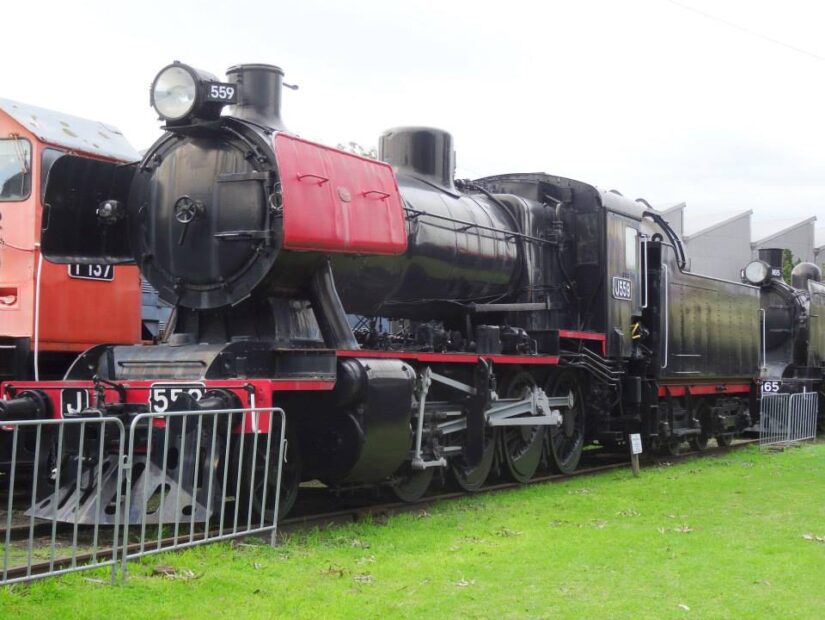
The last class of steam locomotive ordered by the Victorian Railways, constructed by Vulcan Foundry, Newton-Le-Willows. They were constructed between 1953 and 1954, by which point the B class diesels had also been delivered and were proving their worth. As a result the J class only had 16 years of service before the last was withdrawn from shunting at Bendigo in 1972.
These were basically an updated K class, designed with more accessible motion gear, and the capability for gauge conversion.
J559 was the last steam locomotive ever delivered to the Victorian Railways.
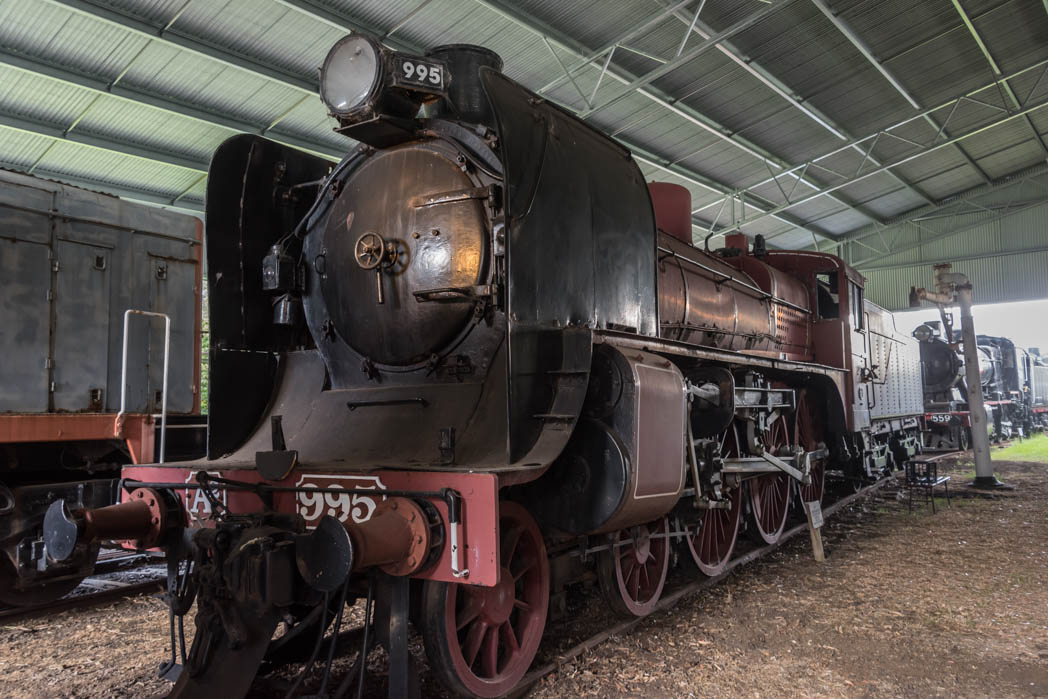
Constructed at Newport Workshops in May 1916 and retired in 1963.
A2 995 displays the Walscheart\’s valve gear fitted to the last 60 members of the class. Exhibit A2 884 shows the earlier Stephenson\’s Valve Gear fitted to the other 125 class members.
This locomotive was converted from coal to oil burning in 1946.
A2 995 has the distinction of running the last broad-gauge Spirit of Progress on April 16 1962. Following this date the service moved to the newly commissioned standard guage and was hauled by an S or B class diesel locomotive.
From their introduction in 1907 to their withdrawal in 1963 the A2 class were a versatile staple of the Victorian Railways, with 185 class members running everything from The Overland to Serviceton, the Spirit of Progress, and goods trains across the state. By the late 1950s the class were progressively removed from service with the introduction of the B and R classes.
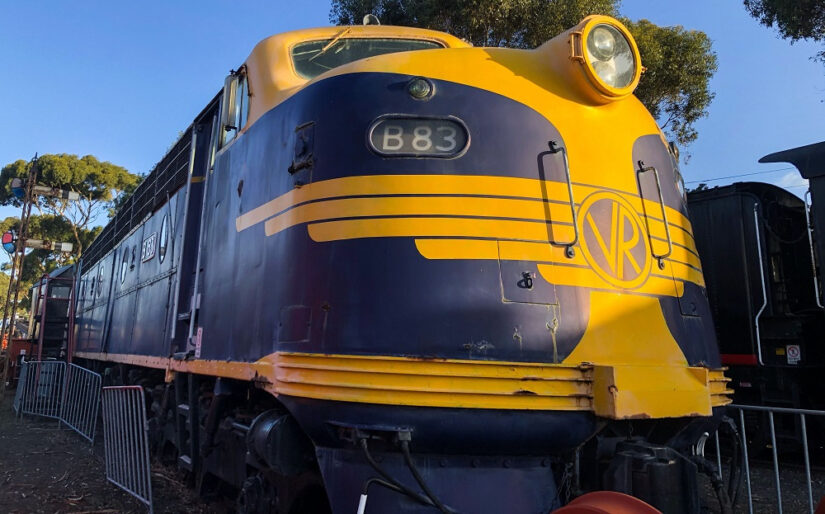
A member of the first class of mainline diesel electric locomotives to work on the Victorian Railways. All were constructed by Clyde Engineering, Granville NSW between 1952 and 1954.
B83 entered service in December 1953, and was retired in May 1988.
The class were used on basically all lines except light branch lines, running fast passenger and freight services including the Overland to Adelaide.
In the 1980s some members of the class were modified with new engines and control equipment to become the A class. The program was stopped after the costs of upgrading vs buying complete new locomotives were compared.
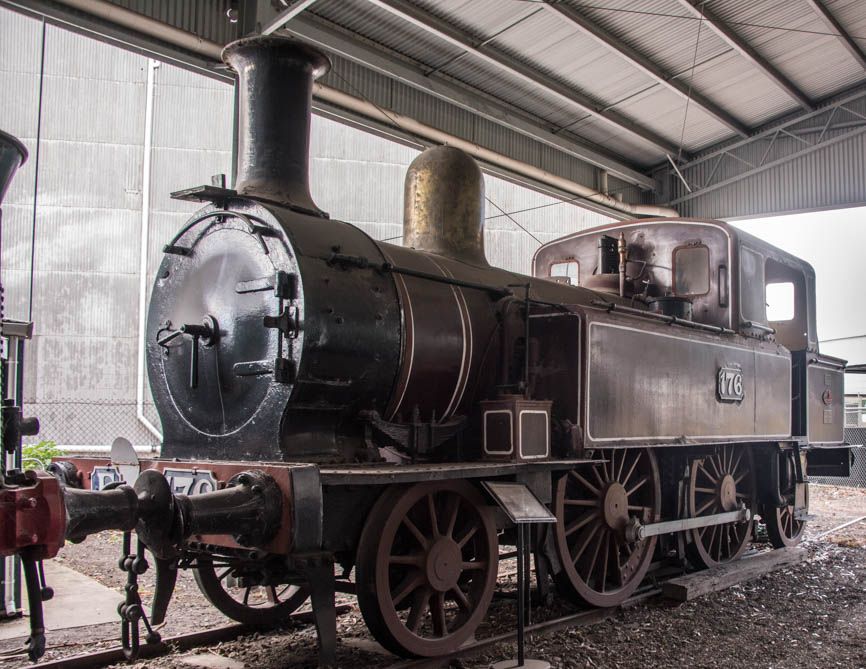
Built in 1876 by Phoenix Foundry, Ballarat. Originally built as a tender locomotive, then converted circa 1911 to a tank locomotive. Known as motors, these locomotives would pull a single passenger carriage on services such as Burnley-Darling, Camberwell-Asburton-Deepdene, Heidelberg-Eltham, Essendon-Broadmeadows, Ballarat-Buninyong and Ballarat-Ballan. F176 was sold to HV McKay, Sunshine in 1920 and was used as resident shunting engine until 1961.
Constructed by Clyde Engineering of Granville, NSW between 1957 and 1961.
S308 entered service in January 1988 and ended service 30 years later in July 1988.
These locomotives often ran in pairs on the Overland and Spirit of Progress (and later Southern Aurora).
S308 was withdrawn from active service and used at Dynon Locomotive Depot as a Demonstration engine. The internal electrical covers were replaced with Perspex and the number plate was amended to SD308.
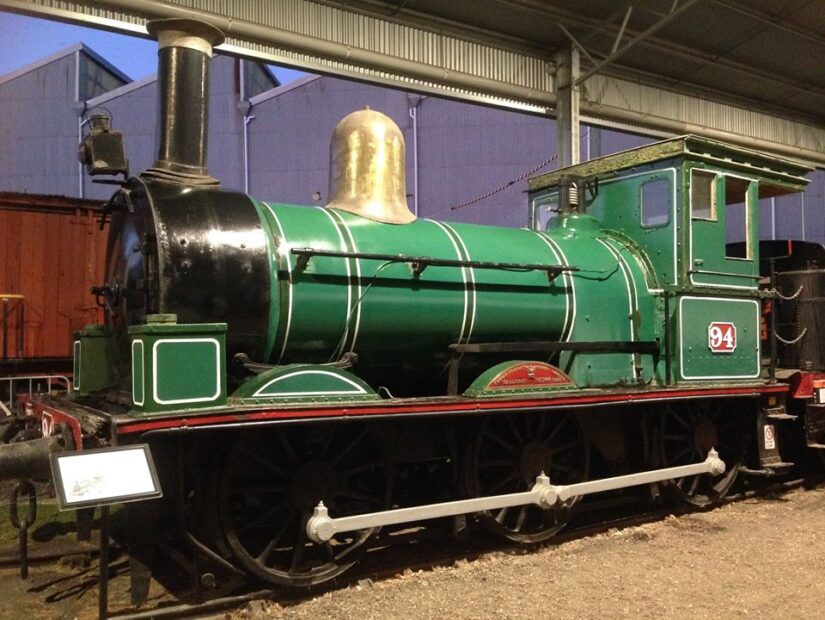
Built in 1884 By Phoenix Foundry, Ballarat. The tender is believed to be a unique survivor of the much earlier W class locomotives, which had been scrapped by the 1920s. T94 became a shunter at the Newport Powerstation and the middle pair of driving wheels had the flanges removed to navigate around tight corners. It was retired on the 13th June 1952.
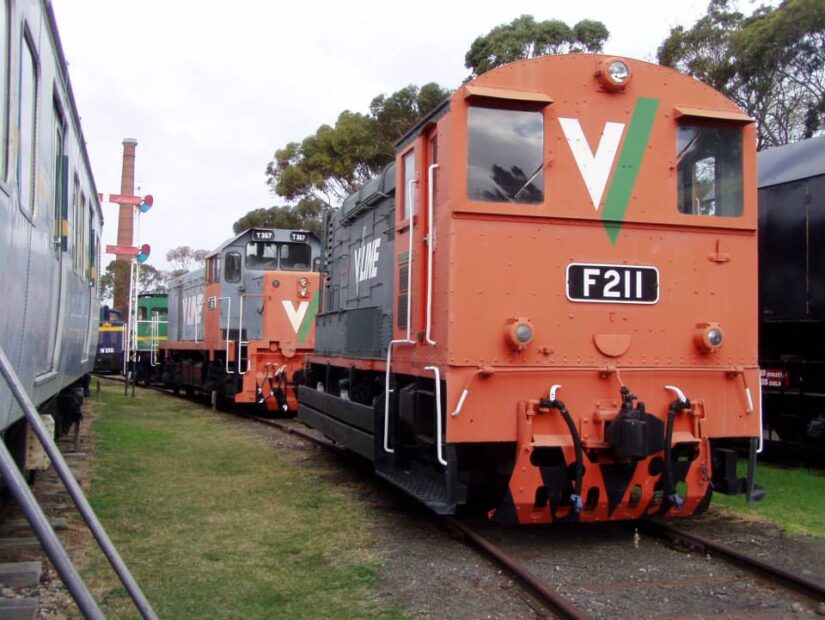
One of 6 locomotives ordered by State Electricity Commission of Victoria with the Victorian Railways F class order.
Built by English Electric Dick Kerr Works, Stafford England.
F211 was delivered to the SEC in March 1953 and purchased by Victorian Railways in July 1958.
The class shunted the passenger car sheds at Spencer St yards and other regional depots.
In later years an F class was kept by the Hump Sorting Roads, and would be deployed to retreive any misrouted wagons. It was known as the “Trimmer”. In this role F211 earned the nickname “Little Trimmer”, later getting a cast nameplate with this moniker. On withdrawal it was painted in Vline Tangerine and Grey, the only F class to wear the livery, and placed on a plinth near the hump yard before entering the museum.
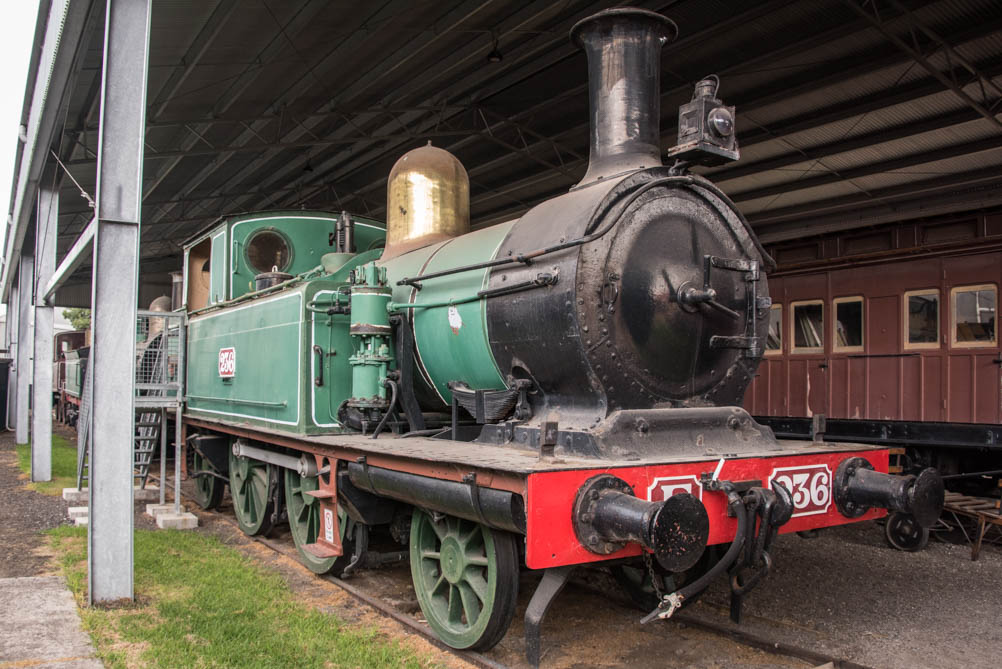
Built in 1893 by David Munro, South Melbourne. Used as a suburban passenger engine until electrification of the network. Used as a shunter at Newport from 1926 until retirement in 1953.

The T class became the most common diesel locomotives of the Victorian Railways.
Constructed in 5 batches by Clyde Engineering, Granville NSW to varying designs.
T367 entered service in February 1964 as the first of the 3rd order. While previous batches had a flat roofline with a cab in between 2 cabinets, this variation saw the \”short end\” nose dropped below window level and sloping away from the locomotive, a trend that would carry on through all remaining locomotives and is still used in locomotive design today.
Some first series T locomotives were later modified with the sloping nose and upgraded engines to become the P class.
Some T (and P) class locomotives remain in service today with Southern Shorthaul Railroad, hauling grain and new High Capacity Metro Trains from Newport Workshops to Pakenham East. They are also popular with preservation railways.

Built in 1929 at Newport Workshops. Named Gerald A. Dee in preservation after the VR driver who secured its survival and proposed the creation of a railway museum. Designed as a heavey freight locomotive, built with a large tender to run Melborne – Bendigo without refuelling. Retired in 1961 after 741,609 miles (1,186,574.4km)








